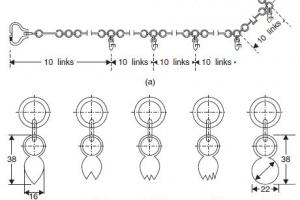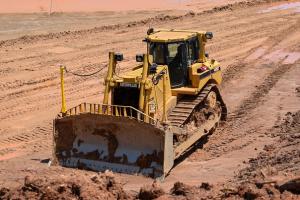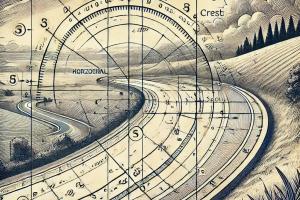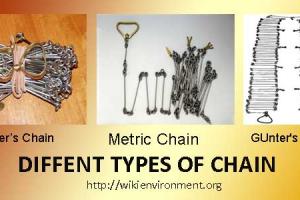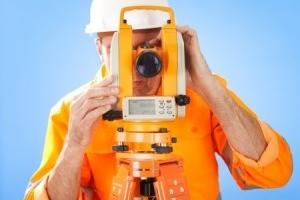Surveying Dictionary Words Starting from B
Backsight
A back-sight is a reading taken on a position of known coordinate(s). Since a survey progresses from a point of known position to points of unknown position, a back sight is a reading looking "backward" along the line of progress. The first reading of almost any survey job should be a back-sight onto a fixed point of reference, usually a benchmark of some sort.
Base Mapping
Usually associated with topographic mapping covering country or region at different scales.
Basic Land and Property Unit
The physical extent of a contiguous area of land under uniform property rights.
Basic Scale
The scale at which the survey is undertaken. For Ordnance Survey mapping, three scales (1:1250 - urban, 1:2500 - urban and rural, 1:10 000 - mountain and moorland) are used.
Barren
A General cover category consisting of non-vegetated lands, including alkaline barrens, un-reclaimed mined land, and other barren areas incapable of supporting vegetation. Barren areas are non-vegetated either because the substrate will not support plant growth or because the area is subject to frequent disturbance (e.g., scouring, flooding) that prevents plant growth.
Barren land
A Land cover/use category used to classify lands with limited capacity to support life and having less than 5 percent vegetative cover. Vegetation, if present, is widely spaced. Typically, the surface of barren land is sand, rock, exposed subsoil, or salt-affected soils. Subcategories include salt flats; sand dunes; mud flats; beaches; bare exposed rock; quarries, strip mines, gravel pits, and borrow pits; river wash; oil wasteland; mixed barren lands; and other barren land.
Baseline
A surveyed line usually several kilometres long. It is established with the utmost precision available at the time. Surveys refer to the baseline for coordination and correlation. The baseline accumulates distances throughout a triangulation network, extending to other baselines, providing further integrated control
Beam compass
A drafting instrument used for drawing circles with a long radius. The point and scribe are separate units, mounted to slide and clamp on a long beam.
Bearing
An angle measured clockwise from a north line of 0° to a given surveyed line.
Bed
Land underlying a water body or roadway.
Benchmark
A bench mark (BM) is the term given to a definite, permanent accessible point of known height above a datum to which the height of other points can be referred.
It is usually a stainless steel pin embedded in a substantial concrete block cast into the ground. At hydrological stations rock bolts driven into bedrock or concrete structures can be used, but structures should be used warily as they themselves are subject to settlement. The locations of benchmarks shall be marked with BM marker posts and/or paint, and recorded on the Station History Form.
BLM
Bureau of Land Management of U.S. Department of the Interior; formerly the General Land Office (GLO).
Booking Values
Booking simply means "entering the field data in the field book". A format appropriate for the type of survey should be followed to make interpretation and retrieval easy.
Boundary
The limit of a pre-defined and established area whose limit is determined by one or more lines e.g. County area boundary, reservoir boundary. In other words, it is a border line or exterior of a described parcel.
Bounded by
Informative term of location or limitation
Breakpoints
A breakpoint is a point where a change in some parameter of interest occurs. In surveying, breakpoints are usually associated with changes in slope. A profile survey which records only breakpoint stations can have equivalent (or even better) information to a survey which records a regularly spaced set of stations, but with fewer entries (and less time in the field).
Browser
An application which gives the user the ability to view a graphic representation of mapping data. The application would provide tools (e.g. pan, zoom) to aid this viewing. It provides a visual representation of the mapping data, which may displayed at a variety of resolutions dependent on the size of area being displayed.
Buffer
A zone of user-specified distance around a point, line or area. The generation of buffers to establish the proximity of features is one of the most common forms of GIS analysis. For example, it may be used to find all areas of industry less than 5km from a reservoir.
Building
A physical walled structure, connected to foundations, which has or will have a roof i.e. this definition includes buildings surveyed at the foundation stage.



